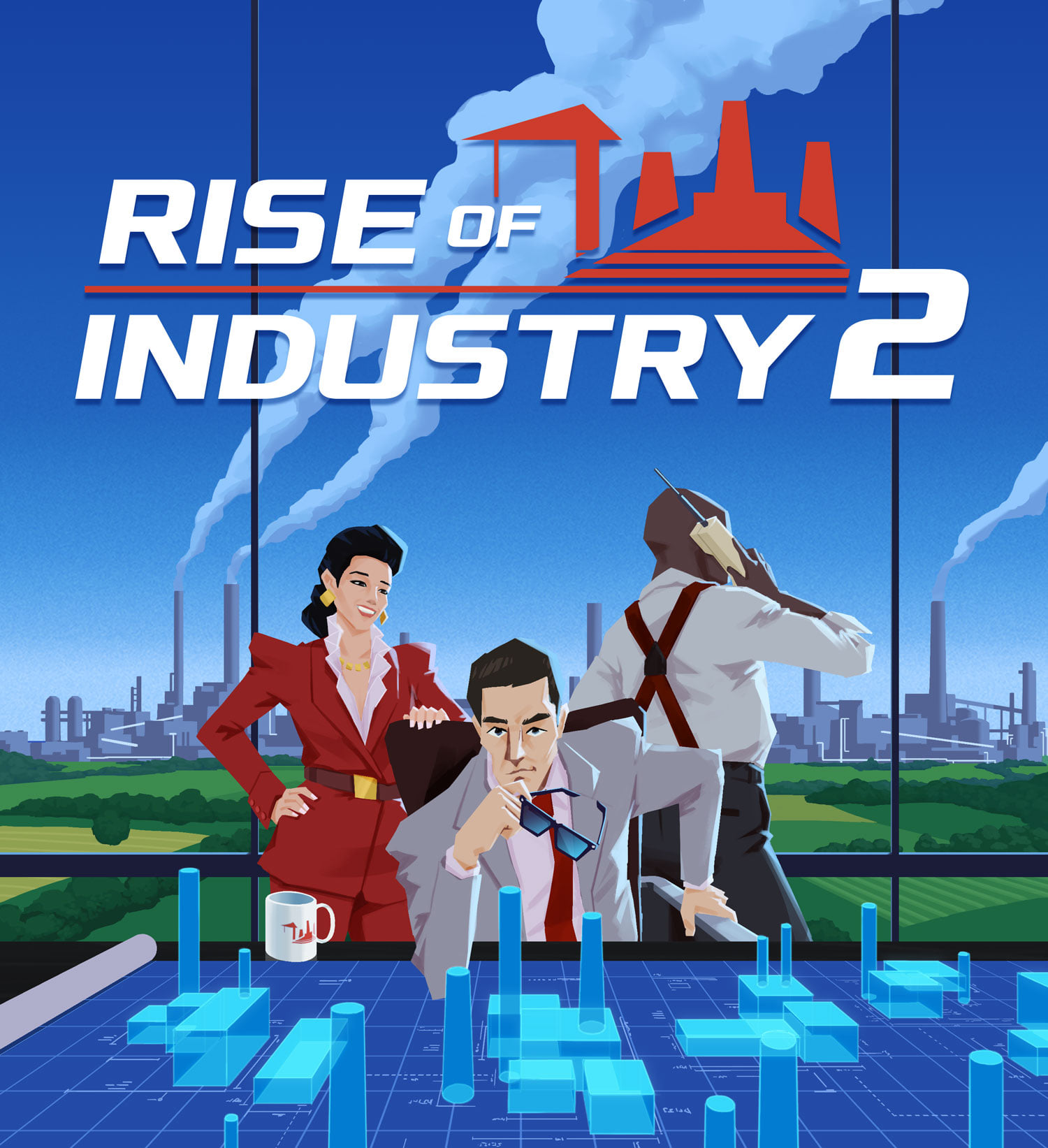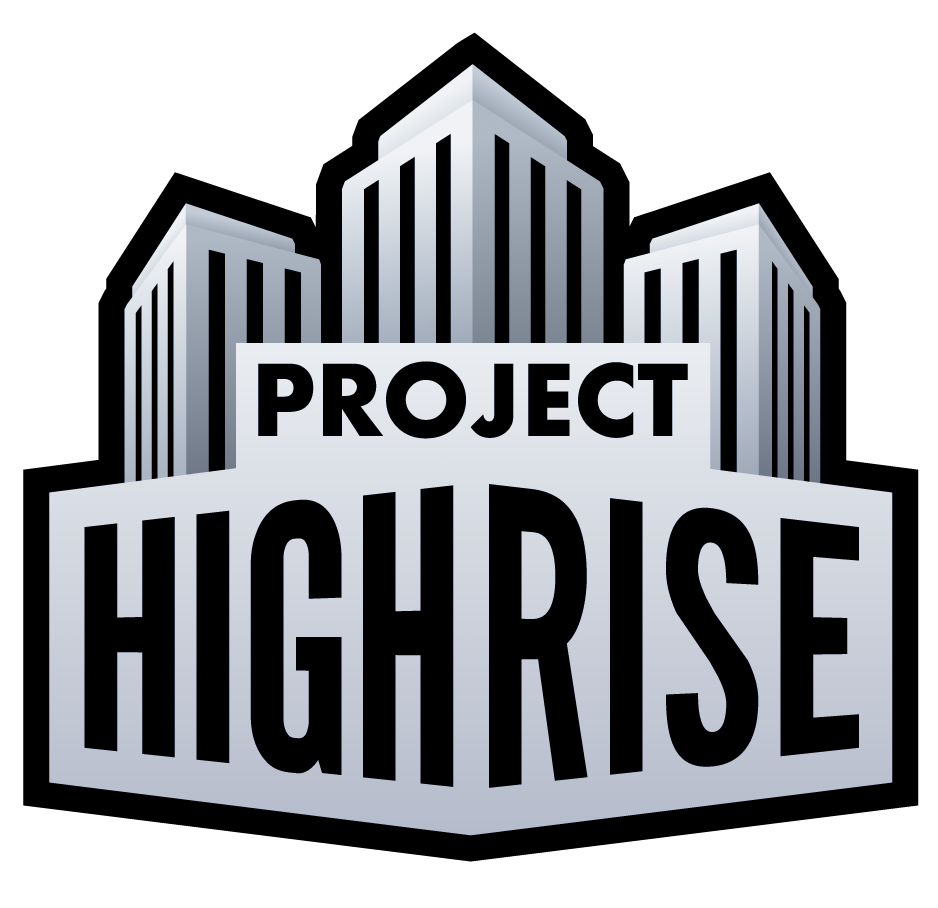Only when the design fails does it draw attention to itself; when it succeeds, it’s invisible.
– John D. Berry
Last month’s Architect’s Notes focused on the human infrastructure of a tower in Project Highrise – the service workers and providers that you’ll have to manage to keep tenants happy. To keep the rent flowing, there are a few other services that you’ll have to manage on behalf of your tenants.
Is your name not Bruce, then?
First, let’s meet a tenant. This is Dr. Brucette. She’s a dentist and this is her office. Her receptionist, Bruce, is working in the waiting area.
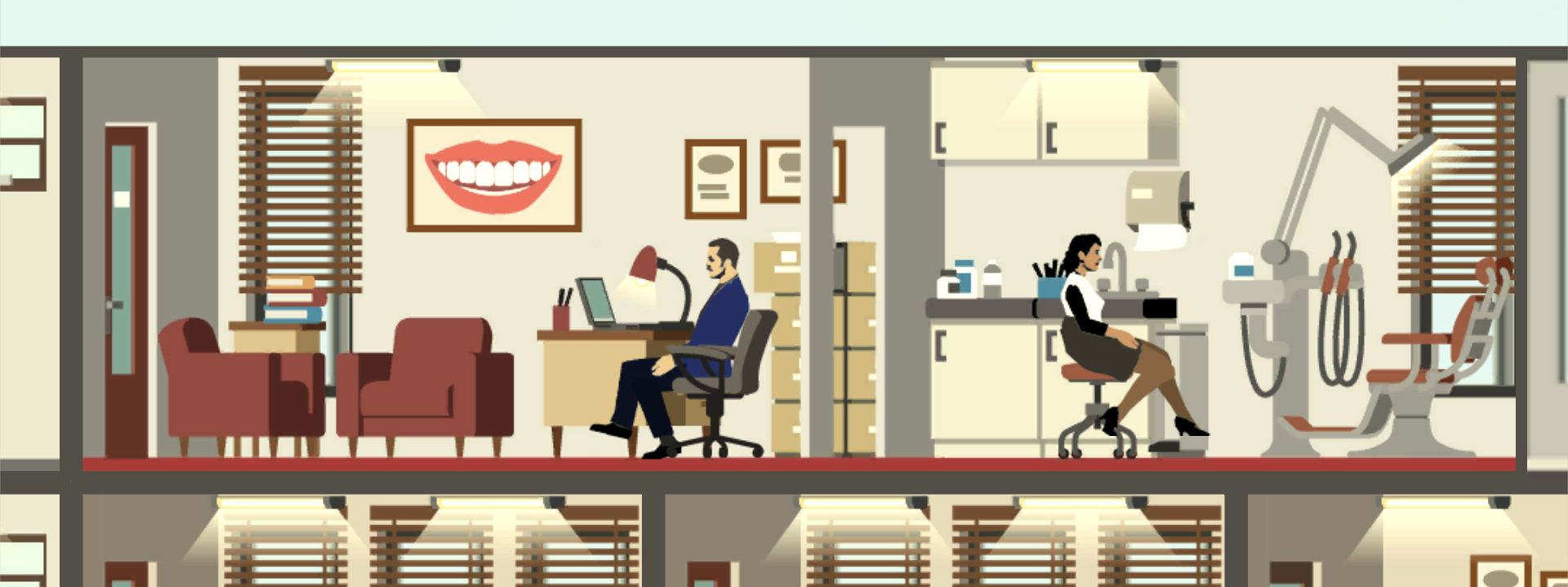
Click above for a larger image
[And yes, right now, all of our NPCs are named Bruce or Brucette. Because
https://www.youtube.com/watch?v=_f_p0CgPeyA ]
The first thing that Dr. Brucette needs is electricity to keep the drills going and the lights on. Dentistry in the dark would be an alarming thing indeed. You’ll also notice that she’s got a sink nearby and her assistant and receptionist, Bruce, needs to call patients to remind them that their cleaning is approaching. So a water connection and phone service will be necessary in addition to electricity. You’ll need to have those things in place to keep this dentist from moving out and creating a cavity in your tower.
You’ve got the power.
First, you’ll need to allocate some space in your basement or a sub-basement for some equipment that will interface with the utility network outside of your building. Here are the five types of utilities and examples of what type of equipment you’ll need to build to provide them to your tenants:
- Power transformers for electricity
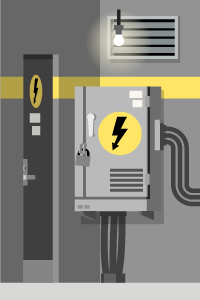
- Switches and transceivers for phone service
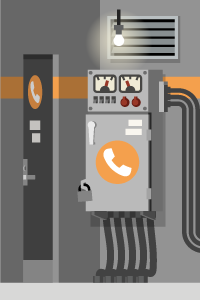
- Routers and interfaces for cable TV service
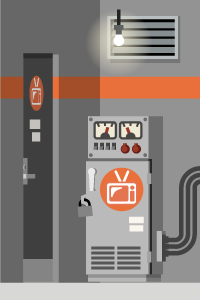
- Pumps and filters for water service
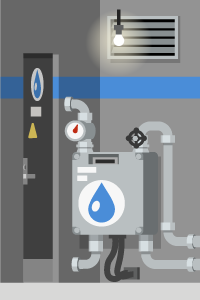
- Manifolds and pressure regulators for natural gas
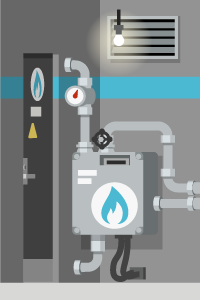
Once built, each of those will provide a certain amount of capacity to your building. Careful monitoring will be necessary to make sure that you’re able to deliver what your building is demanding. Your water pumps will need to have enough power to fill kitchen sinks while also running dishwashers in restaurants. You’ll be able to add more pumps but you’ll also be able to construct large pumps that are more efficient – but also more expensive.
So, now you’ve got the pumps, transformers and switches built. The next step is to get the water, power and phone lines to Dr. Brucette’s office where they’re needed. To connect one floor with the one above or below it, you’ll need to build utility closets, of which Project Highrise has two types:
- A wiring closet that allows you to connect wires between floors for electricity, phone and TV; and
- A plumbing closet that allows pipes to connect between floors.

Closets are on the bottom right. Click for a larger image.
Once you’ve got those in place on the floor where Dr. Brucette’s office is located, you’ll be able to place the wires and pipes that will deliver service.
The bigger your network gets, the more expensive it will be to maintain. Building a small electric transformer will give you enough capacity for a limited number of connections in your building. Some tenants will only need one, but some will require multiple connections. Once you’ve exhausted your capacity, you’ll need to add more transformers. Larger meters, transformers and pumps will provide more connections, but while they’ll be more efficient, they’ll also be more expensive to maintain.
As you’re planning your tower, you’ll have many questions to dig into around utilities. Does it make sense to build an entire network of natural gas procurement and distribution for just one tenant? Or do you need to build access to phone service on every floor or just cluster those that need it together? If you expand and add more space to your tower, what will that do to your utility networks? Like every other type of real estate, location will matter and it’s up to you to find the right tenant for the right location.
The great architect Ludwig Mies van der Rohe once quipped about decoration that “Less is more” and when it comes to your tower’s utility network, those will be words to build by.
